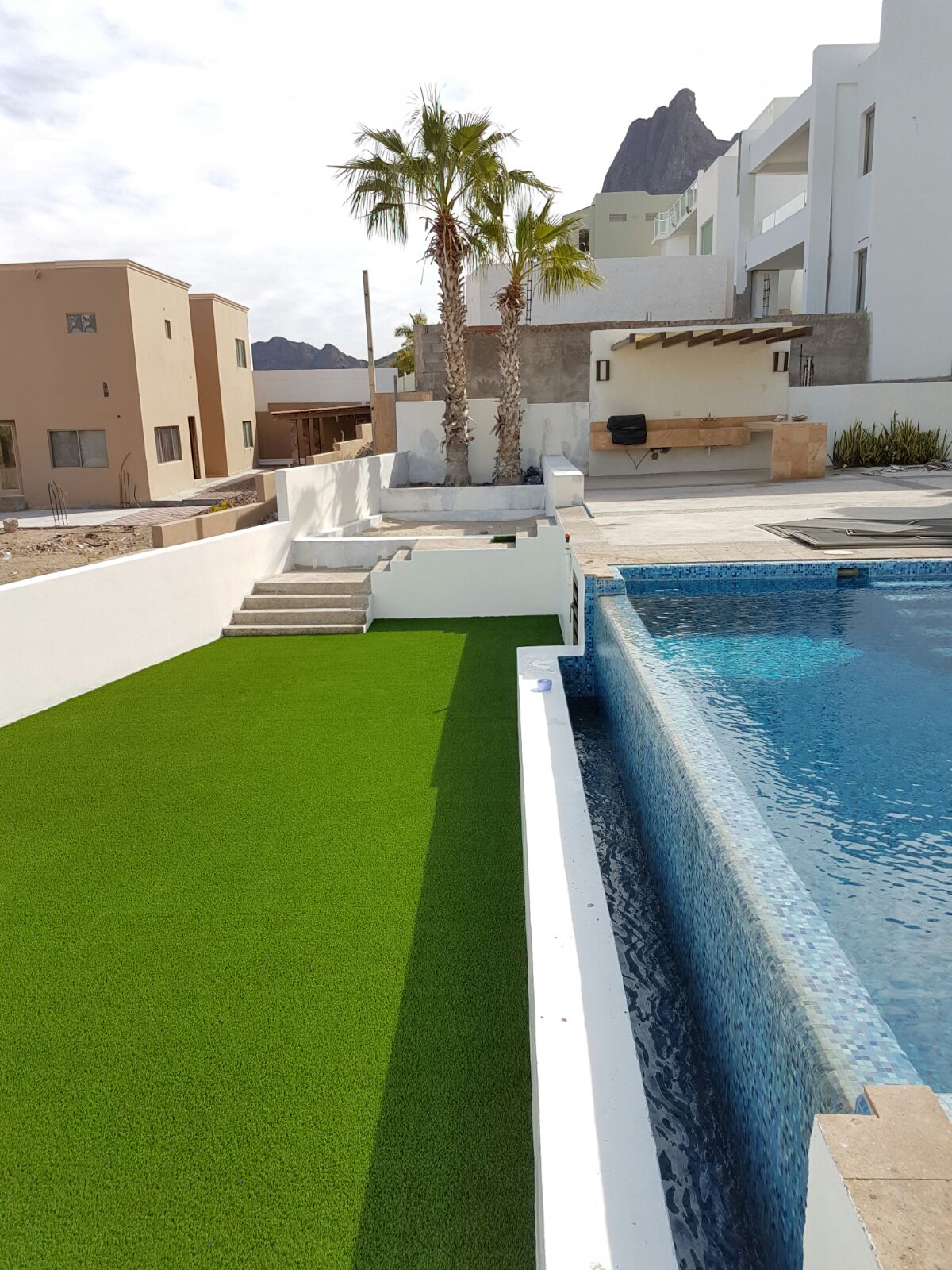Commercial use of artificial grass receives favor
- 08/02/2019
Artificial grass was first introduced for sport fields, and later was being utilized in homes for recreational residential and industrial properties. Much attention was paid to the benefits of grass when compared with natural grass. Irrespective of the overwhelming advantages that artificial grass offers you might still find some questionable aspects, but to obtain a better working understanding of why synthetic grass stays the first choice for grass surfaces, here are several the pros and cons of artificial turf.
The first is as you no longer need to worry about cutting on and mowing the grass, that it requires maintenance. Lawn owners can save water and help the environment by preventing toxins since the turf is the product that fertilizers and pesticides are not being implemented. In addition, since artificial grass doesn’t require these lawn maintenance jobs, artificial turf owners do not need to worry about buying pricey gardening tools such as yard mowers, sheers and clippers on a daily basis.
Another major positive facet of synthetic grass is that it’s incredibly durable and resilient, with the capability to withstand the various components and intensive use for long spans of time. In addition, artificial turfs have excellent drainage systems which prevent the introduction of puddles and work to dry up any fluids or humidity from the surface immediately. Artificial grass fields are also great for sports and play, as they’ve a superior consistence of surface and uniformity compared to real grass. Consequently the degree surface supplied by synthetic grass can act as harm reducer for athletes of all types. While there are many pros in selecting synthetic grass, you may still find some expensive aspects of this choice. One is that originally artificial grass installation can be expensive and that maintenance and repairs are somewhat expensive. Many of those maintenance tasks include periodic irrigation to remove debris and residues after use.




